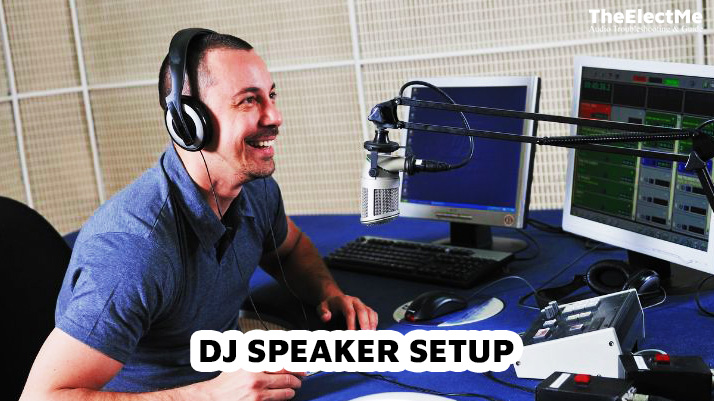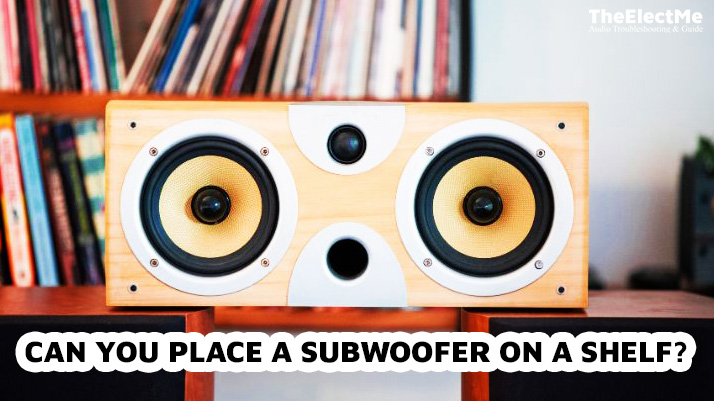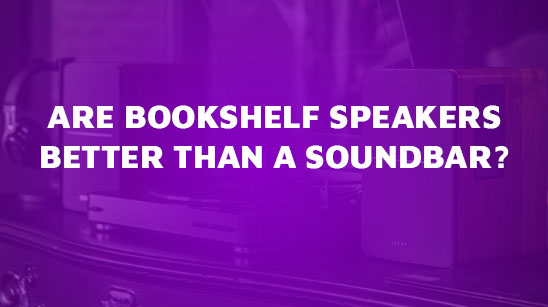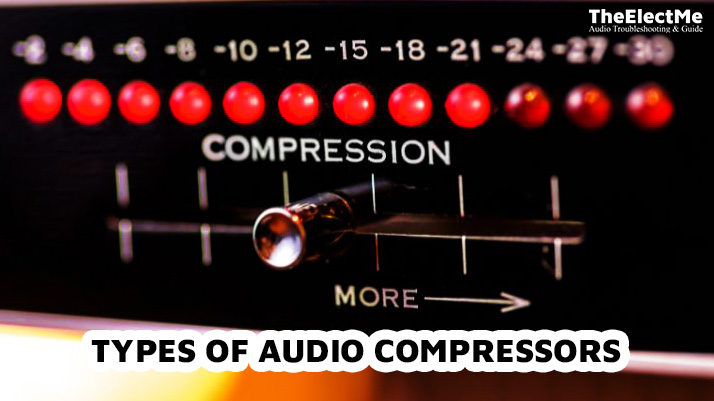DJ speaker setup involves using different equipment and the correct placement to achieve the best sound quality. You need to follow a specific setup process to connect the mixer, turntables, and other audio equipment to the speakers.
As a beginner, the right knowledge and guidance can help you build a DJ speaker setup that is both functional and efficient.

It’s all about providing you with knowledge that’s not just theoretical but also practical and tested. So, let’s dive in and start the journey towards building your ultimate DJ speaker setup. Start with the equipment you need to build a DJ speaker setup.
What Is The Equipment Needed To Build A DJ Speaker Setup?
A DJ speaker setup requires a combination of different equipment to produce quality sound. The seven essential pieces of equipment you need are:
- DJ Controller: This is the command center of your setup, combining mixers and turntables into one device. It allows you to control and manipulate the music you’re playing.
- Speakers: Your speakers’ quality significantly impacts your setup’s sound. Invest in high-quality DJ speakers that provide clear, loud sound without distortion.
- Headphones: A good pair of DJ headphones allows you to listen to tracks before you play them for your audience. They are essential for cueing up the next track and making smooth transitions between songs.
- Amplifier: If you’re using passive speakers, you’ll need an amplifier to boost the audio signal. The amplifier should be powerful enough to drive your speakers without causing distortion.
- Audio Interface: This device converts the digital audio from your DJ controller into an analog signal that your speakers can play. It’s crucial for maintaining sound quality.
- Mixer: While many DJ controllers include a built-in mixer, consider a separate mixer if you want more control over your sound. A mixer allows you to adjust each channel’s levels, EQs, and effects separately.
- Cables and Stands: Finally, you’ll need the right cables to connect all your equipment and stands to position your speakers for optimal sound distribution.

Remember, the quality and compatibility of your equipment matter as much as having the right pieces. Always invest in reliable gear that fits your specific needs and preferences as a DJ.
Related: How To Wire Speakers With 4 Terminals?
DJ Speaker Setup: 6 Step-By-Step Guide
Building a DJ speaker setup can seem overwhelming, but it becomes a straightforward process with the right steps. Here’s a step-by-step guide to help you build your setup:
Step 1: Decide on Speaker Placement
The placement of your speakers plays a crucial role in achieving the best sound quality. Position the speakers at ear level and slightly tilt them toward the audience for accurate, proper direction.
You might need sturdy stands to elevate your speakers to the desired height. Keep speakers away from walls and corners to prevent sound distortions caused by sound wave reflections.
Step 2: Connect Your DJ Controller and Audio Interface
Connect your DJ controller to the audio interface once you’ve set up your equipment and speaker placement. To initiate system setup, you’ll need to connect a USB cable.
The audio interface links your DJ controller to the speakers, converting digital audio signals to analog signals for playback. Make sure your audio interface is compatible with your computer’s operating system. Otherwise, you might experience technical difficulties.
Step 3: Connect Your Amplifier and Speakers
The third step involves connecting your amplifier to your speakers. Ensure that the power of your amplifier matches your speakers’ power handling capacity.
Connect your amplifier’s output to your speakers using the right cables.
If you’re using passive speakers that don’t have a built-in power source, you’ll need an amplifier. On the other hand, active speakers have a built-in amplifier and require a power source.
Step 4: Set Up Your Mixer
A mixer allows you to adjust each channel’s levels, EQs, and effects. If your DJ controller includes a built-in mixer, ensure it’s connected correctly.
If you’re using a standalone mixer, connect it to your audio interface. Take some time to familiarize yourself with the controls of your mixer. Learn how to adjust the levels, equalizers (EQs), and effects for each channel to create your desired sound.

Step 5: Connect Your Headphones
Do not underestimate the importance of having good-quality DJ headphones. Headphones are an essential tool for DJs. It primarily cues the next track and ensures smooth transitions between tracks.
Connect your headphones to your DJ controller or mixer, depending on your setup. Ensure your headphones provide good sound isolation to monitor the queued music accurately. Otherwise, you might need help with cueing and transitioning between tracks.
Step 6: Test Your Setup
After setting everything up, it’s crucial to perform a sound check. Play a track and listen carefully for any distortions or imbalances in the sound. Use this opportunity to adjust the mixer settings, recheck your connections, or reposition your speakers if necessary.
This final step ensures you deliver your audience the best possible sound quality.
Aim for a balanced, clear sound that fills your space without discomforting listeners.
Maintenance is key to ensuring your DJ speaker setup’s longevity and optimal performance. Next section, we’ll discuss some essential maintenance tips to keep your DJ setup in top shape.
Related: Why Do Speakers Sound Muffled?

Essential Maintenance Tips For Your DJ Speaker Setup
Maintaining your DJ speaker setup is crucial to ensure its longevity and optimal performance. Here are some tips to help you:
- Clean Regularly: Dust and dirt can accumulate over time and potentially damage your equipment. Use a soft, dry cloth to wipe your DJ controller, mixer, speakers, and other gear. Avoid using harsh chemicals or damp cloths as they may cause damage.
- Check Cables and Connections: Regularly inspect your cables for any signs of wear and tear. Loose or damaged connections can lead to poor sound quality or equipment failure.
- Store Equipment Properly: When not in use, store your equipment in a clean, dry place. It’s best to keep them covered to prevent dust accumulation.
- Handle with Care: Always handle your equipment with care. Avoid dropping or knocking your gear, as this can lead to internal damage.
- Update Software: Keep the software of your digital equipment, like DJ controllers and mixers, up to date. Software updates often fix bugs and enhance performance.
So, you are now equipped with the knowledge and guidelines needed to build a DJ speaker setup. Remember, DJs face common setup issues like sound quality problems, equipment failures, and technical difficulties. These steps and maintenance tips can avoid problems and deliver a fantastic DJ performance.
Final Thoughts – DJ Speaker Setup for Beginners
Last week, I wanted to build my DJ speaker setup but needed to figure out where to start. My research and experience taught me the importance of proper placement, good-quality equipment, and regular maintenance.
Building your DJ speaker setup can be a daunting task.
However, following these steps and maintenance tips will help you achieve the best sound quality for your performance. A great DJ speaker setup impresses your audience and boosts your confidence for a seamless, professional performance. So, go ahead and start building your dream DJ setup now.



